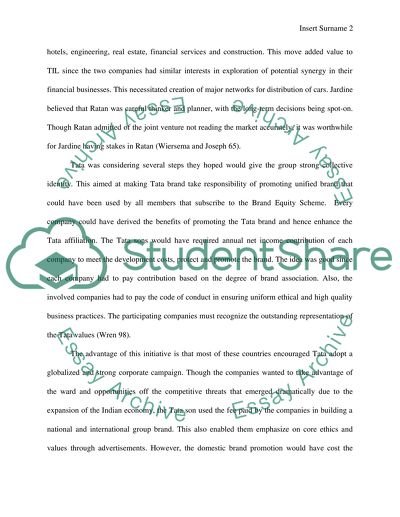Cite this document
(“House of Tata Case Study Example | Topics and Well Written Essays - 1500 words”, n.d.)
Retrieved from https://studentshare.org/english/1481753-house-of-tata
Retrieved from https://studentshare.org/english/1481753-house-of-tata
(House of Tata Case Study Example | Topics and Well Written Essays - 1500 Words)
https://studentshare.org/english/1481753-house-of-tata.
https://studentshare.org/english/1481753-house-of-tata.
“House of Tata Case Study Example | Topics and Well Written Essays - 1500 Words”, n.d. https://studentshare.org/english/1481753-house-of-tata.


